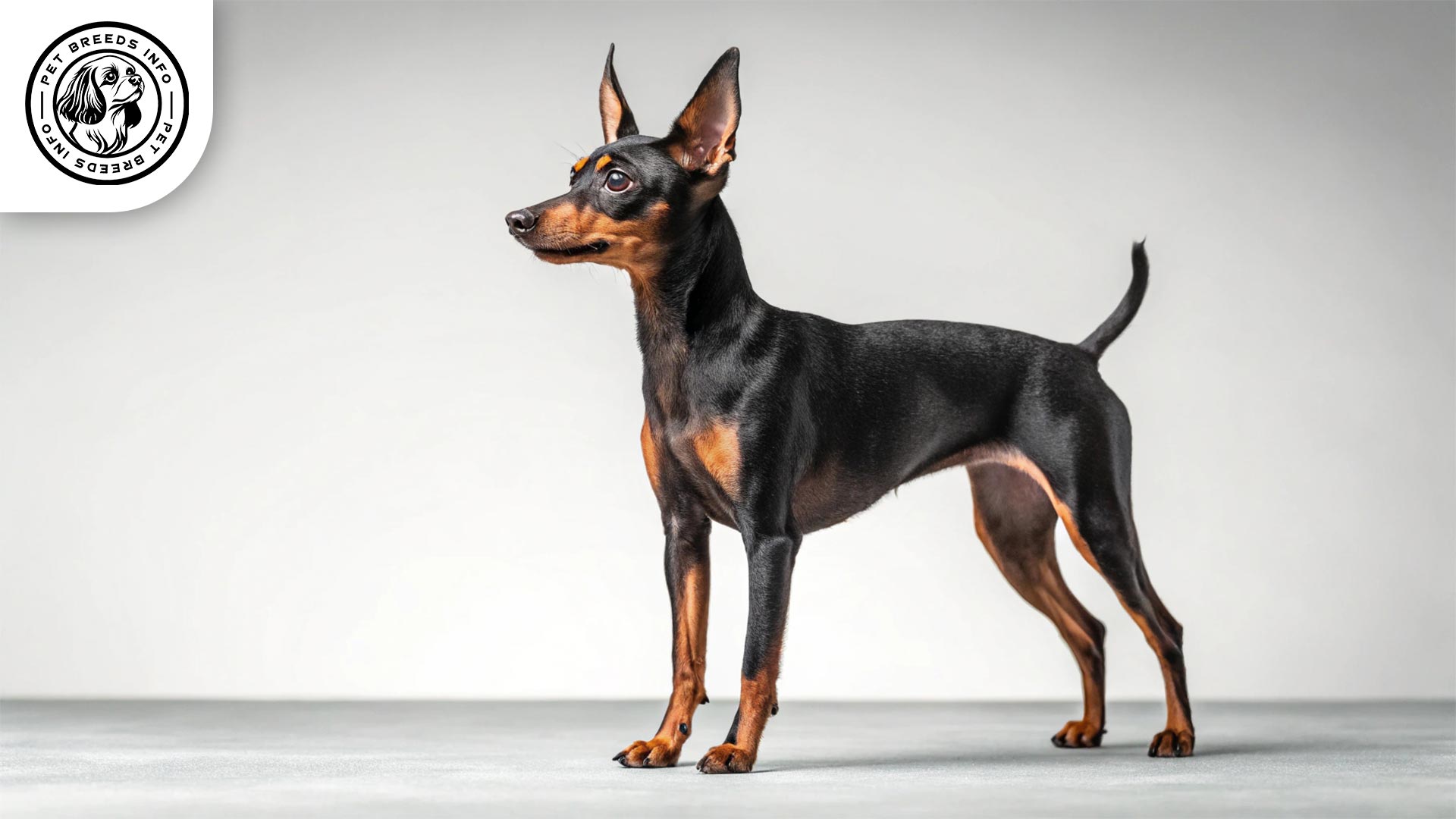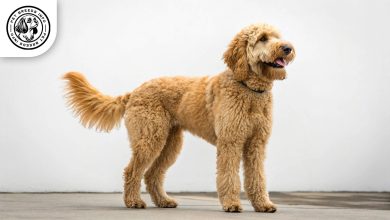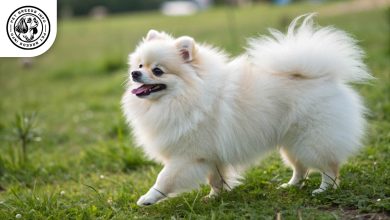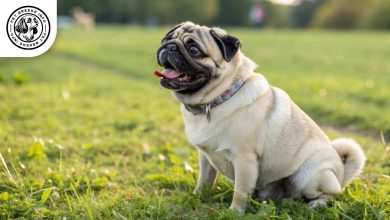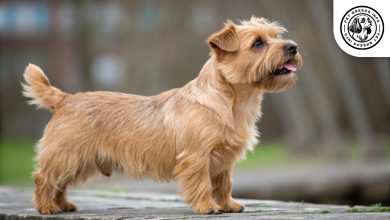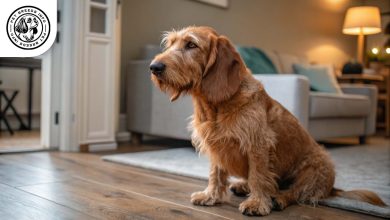English Toy Terrier Dog Breed: Size, Price & Personality
General Introduction of the Breed
The English Toy Terrier, also known as the ETT, is a small companion dog with a rich history. Originating in England, this breed was developed in the 19th century for rat hunting and companionship. It closely resembles the larger Manchester Terrier and was once commonly used in rat-baiting sports. Over time, it became a cherished companion due to its intelligence, agility, and loyalty.
Table of Contents
| Weight | 3-4 kg |
| Lifespan | 12-14 years |
| Diet | High-quality kibble, wet food, or raw diet |
| Care | Low-maintenance coat, occasional brushing |
| Health | Prone to patellar luxation & dental issues |
| Color | Black & Tan |
| Nature | Loyal, intelligent, energetic |
| Price | $1,500 – $3,000 |
Physical Characteristics
The English Toy Terrier is a small breed with a sleek, well-proportioned body. Males and females typically stand between 25-30 cm in height and weigh around 3-4 kg.
The coat is short, glossy, and smooth, requiring minimal grooming. The only recognized color variation is black and tan.
The eyes are small, almond-shaped, and dark in color, adding to the breed’s alert expression.
The ears are large, pointed, and set high, giving them an elegant and attentive look. The tail is typically straight and tapers toward the tip.
A distinctive physical trait of the English Toy Terrier is its sleek, athletic build, which showcases both elegance and agility.
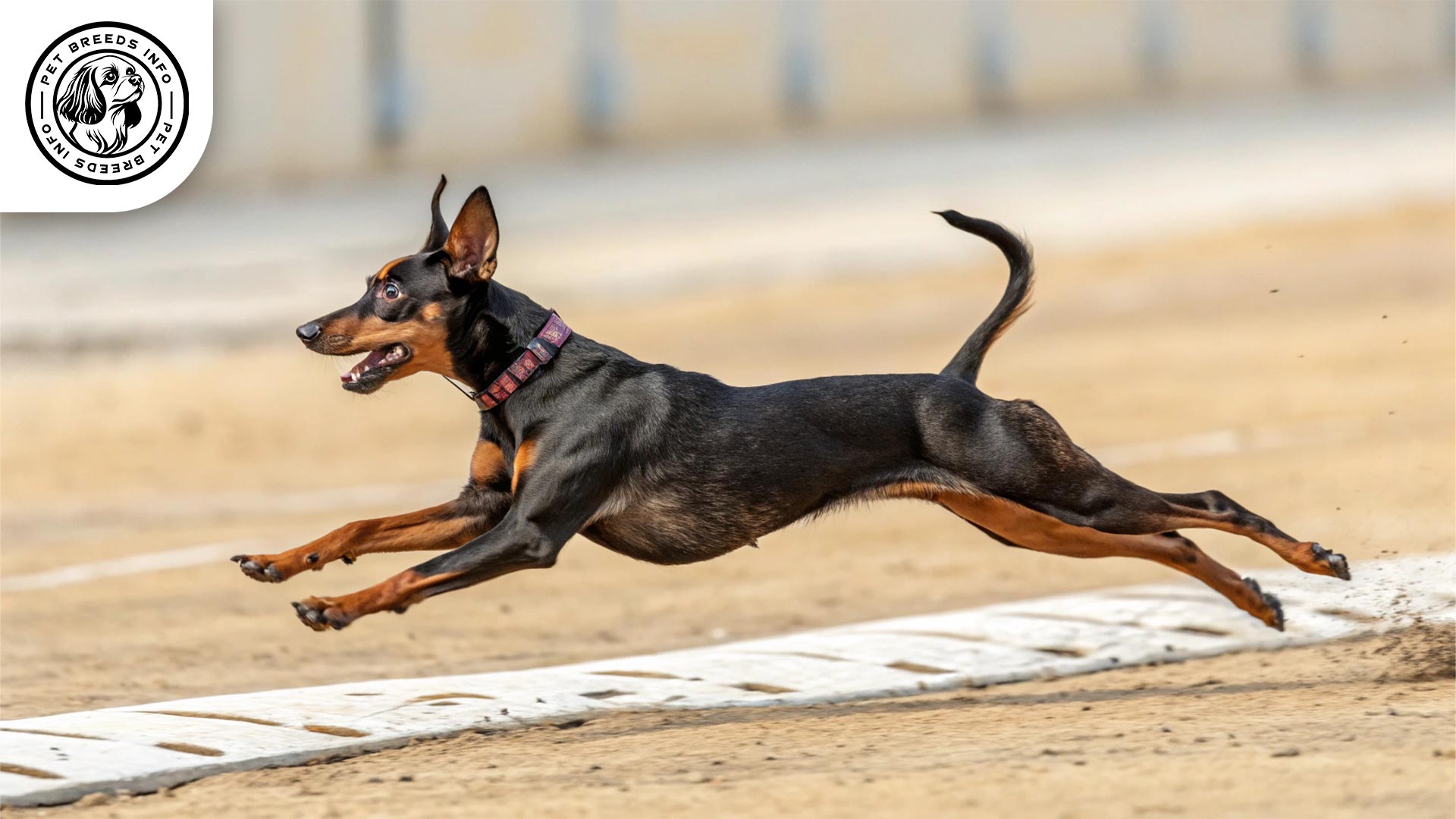
Personality and Temperament
This breed is highly intelligent and quick to learn, making training relatively easy. English Toy Terriers are energetic and require regular exercise to stay mentally and physically stimulated.
They form strong bonds with their owners and thrive in affectionate, close-knit environments.
Socially, they can be cautious around strangers but are generally good with their families. They usually do well with children and other pets if properly socialized from an early age.
Due to their hunting heritage, they have strong prey instincts and love playful activities that engage their hunting skills.
English Toy Terriers are sensitive to loud noises and environmental changes, requiring a stable and calm household.
Care and Maintenance Requirements
This breed requires daily exercise, including walks, playtime, and mental stimulation through interactive toys or training exercises.
English Toy Terriers adapt well to apartments but do best in homes where they receive plenty of attention and activity.
Grooming is minimal due to their short coat, requiring only occasional brushing to maintain a healthy shine.
They are sensitive to cold temperatures due to their short coat, so they may need extra warmth in colder climates.
Read More: Dogue de Bordeaux Dog
Regular hygiene practices, including nail trimming, ear cleaning, and dental care, are essential for maintaining their overall health.
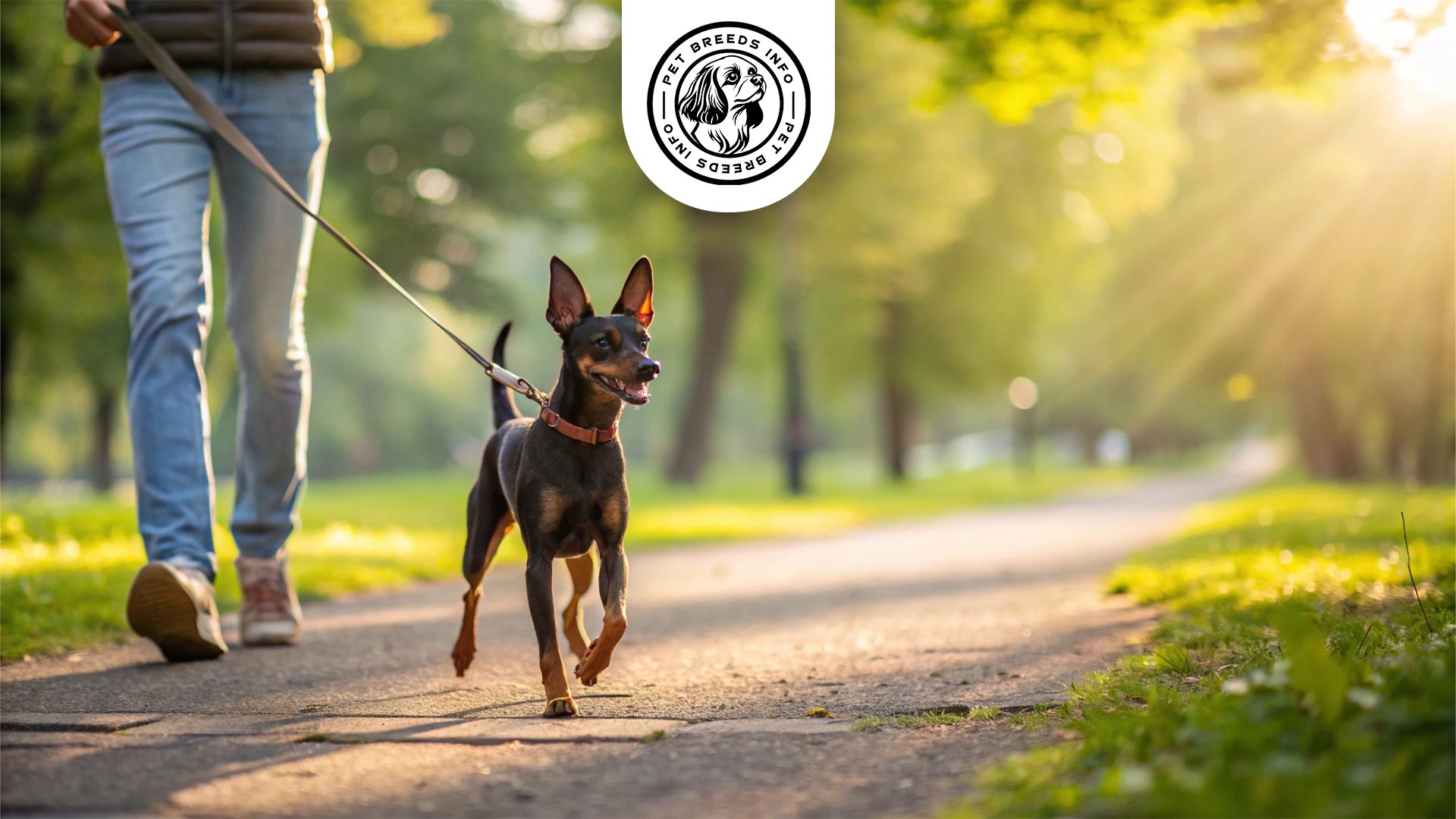
Diet and Nutrition
A high-quality diet consisting of dry kibble, wet food, or a well-balanced raw diet is recommended. Protein-rich food is essential for maintaining their energy levels.
They do not have specific dietary restrictions but should avoid excessive treats and human food with high fat or sugar content.
Foods to avoid include chocolate, grapes, onions, garlic, and excessively fatty or processed foods.
Portion control is crucial due to their small size. Feeding them two small meals per day is generally recommended.
Health and Common Medical Issues
The English Toy Terrier is generally a healthy breed but is prone to some genetic conditions, including patellar luxation and progressive retinal atrophy.
They may also have dental issues due to their small size, which requires regular teeth cleaning.
The average lifespan of this breed is between 12-14 years.
Routine veterinary check-ups, vaccinations, and parasite prevention are necessary to ensure their well-being.
Training and Behavior Management
This breed is intelligent and eager to please, making training relatively easy. Positive reinforcement methods, such as treats and praise, yield the best results.
Read More: Xiasi Quan Dog
Early training and socialization are essential to prevent shyness or excessive wariness around strangers.
Consistent training, including basic commands like sit, stay, and recall, helps ensure good behavior.
Avoid harsh corrections, as the English Toy Terrier is sensitive and responds better to patience and encouragement.
Interaction with Other Animals and Humans
This breed generally interacts well with children when raised with them. However, due to their small size, supervision is necessary around very young children.
They can co-exist with other pets but may have a strong prey drive toward smaller animals.
The English Toy Terrier is suitable for individuals, couples, or families willing to provide the attention and exercise they need.
They form strong bonds with their owners and do not tolerate being left alone for long periods.
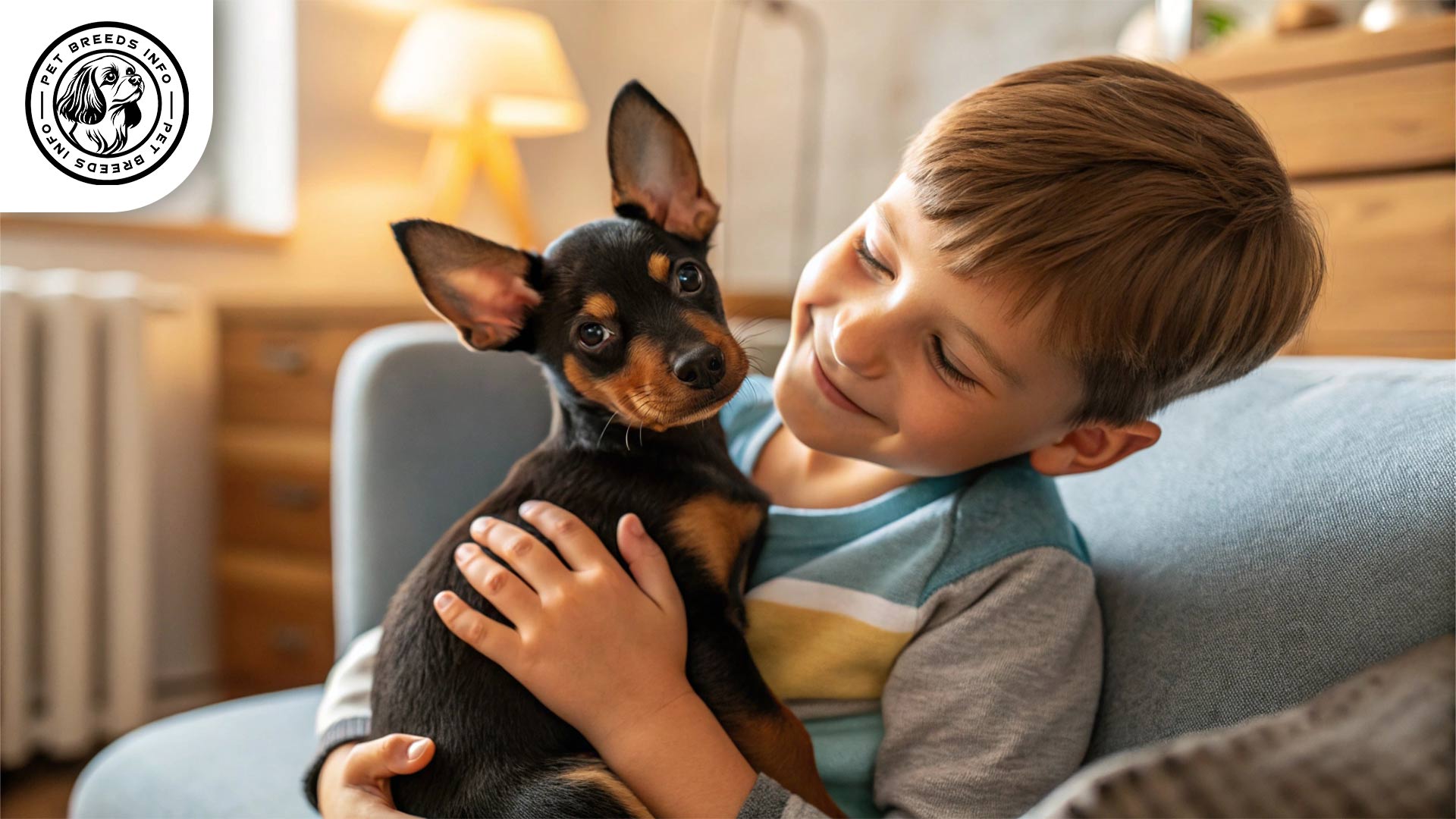
Price and Availability
The price of an English Toy Terrier puppy varies depending on the breeder and location, typically ranging from $1,500 to $3,000.
When adopting or purchasing one, it is crucial to research reputable breeders who conduct health testing on their breeding dogs.
Alternatively, checking rescue shelters or adoption organizations specializing in toy or terrier breeds is a responsible way to find a dog in need of a home.
Conclusion and Final Thoughts
The English Toy Terrier is a loyal, intelligent, and energetic breed best suited for owners who can provide attention, companionship, and regular activity.
Read More: Blue Heeler Dog
They adapt well to apartment living but require mental and physical stimulation to stay happy and healthy.
Potential owners should consider their sensitivity to cold, their attachment to humans, and their prey drive before bringing one home.
Proper care, socialization, and training will ensure a well-mannered and loving companion for many years.
FAQ
Is the English Toy Terrier good for apartment living?
Yes, they adapt well to apartment living but require regular exercise and attention.
How much exercise does an English Toy Terrier need?
They need daily walks and interactive play to stay mentally and physically stimulated.
Are English Toy Terriers good with children?
Yes, but supervision is recommended with small children due to their delicate size.
Do they get along with other pets?
They can get along with other pets but may have a high prey drive toward small animals.
